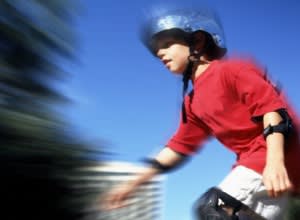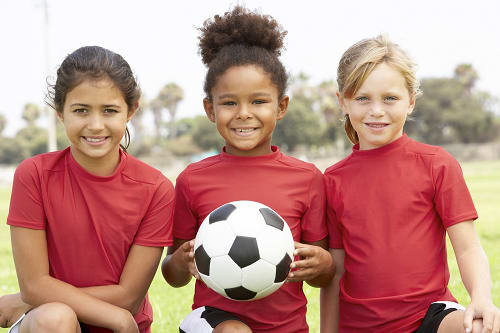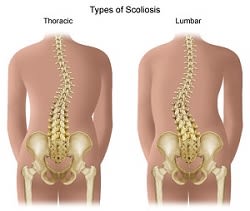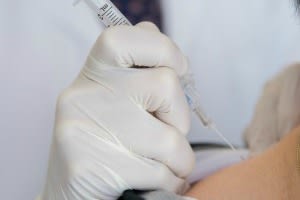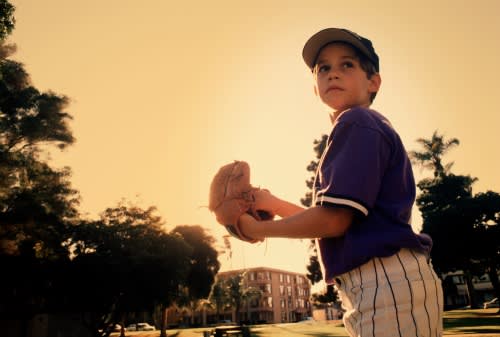By Jodi Rozanski, PT, DPT
2. McCrory P, Heeuwisse W, Aubry M, Cantu B, Dvorak J, Echemendia R et al. Consensus Statement on Concussion in Sports: The 4th International Conference in sport held in Zurich, November 12th. British Journal of Sports Medicine. 2013;47:250-258.
3. Miranda N. Concussion: When Recovery Is Complicated By Vestibular Involvement And How Vestibular Rehabilitation Can Help. Vestibular Disorders Association. 2015. Available at: vestibular.org. Accessed 2015.
What is a concussion?
A concussion is a mild form of traumatic brain injury and is defined as a “complex pathological process affecting the brain, induced by biomechanical forces”. In a general sense, a concussion results from either a direct or indirect impact to the head that causes the brain to collide violently with the neighboring rigid structures like the skull. In turn, normal brain activity becomes disrupted. Some of the signs and symptoms of a concussion include but are not limited to confusion, forgetfulness, changes in mood or behavior, headache or head pressure, balance problems, double or blurry vision, sensitivity to light and sound, memory problems, difficulty concentrating, nausea and sleep disturbances.What is the vestibular system and how is it impacted in a concussion?
The vestibular system is a sensory system in the inner ear that contributes to our balance and spatial orientation. It consists of two main components, the semi-circular canals and the otolith organs. The semi-circular canals detect rotation of the head such as nodding your head “yes” or shaking your head “no.” The otolith organs are more sensitive to gravity and detect linear acceleration of the head such as moving forward in a car or up in an elevator. We have some important visual-vestibular reflexes that help coordinate our eye movements with our head movements. One example is the vestibular-ocular reflex which helps stabilize an image on the retina during head movements. Another example is the optokinetic reflex which allows us to follow a moving object. After a concussion, changes in brain processing and vestibular system function impact these reflexes.How can a physical therapist help?
The best treatment for symptoms of a concussion starts with an assessment of vestibular function by a specially-trained physical therapist . Evaluation includes vision and balance testing to determine how the brain interprets movement of the body, head and environment. Following the evaluation, the therapist will work collaboratively with you to determine the best course of action to help you patient return to your normal level of function at work, school or competitive sport.How does vestibular rehabilitation work?
Vestibular rehabilitation is a specialized form of therapy designed to reduce dizziness, headaches and imbalance. It involves an individualized problem-oriented approach to promote compensation and brain adaptation. Your physical therapist will customize exercises to address each person’s specific problems. Based on your examination findings, three principle methods of exercise can be prescribed: gaze stabilization, habituation, and balance/exertional training.How can these exercises help?
Gaze stabilization exercises are used to improve control of eye movements so vision can be clear during head movement. Individuals who benefit from this type of exercise are those who experience difficulty with reading, taking notes in class, or dizziness while walking or driving. Habituation exercises are indicated for people who report symptoms when they move around or when in visually stimulating environments. Examples include bending over toward the floor or shopping in grocery stores or malls. The goal of habituation exercises is to reduce dizziness through calculated repeated exposure to these types of environments. Balance and exertional training exercises are used to improve steadiness and cardiovascular response so that daily activities and sports can be performed successfully.How can I recover faster?
An important part of vestibular rehabilitation is to establish an exercise program that is performed regularly at home. The brain needs thousands of repetitions to make changes, so following this home exercise program is essential in helping you meet your goals. Exercises may make symptoms seem worse initially, but with time and consistent work, they should steadily decrease. Participating in a comprehensive vestibular rehabilitation and home exercise program will allow those who sustained a concussion to return to full activities like school, work, and competitive sport.References
1. Farrel L. Vestibular Rehabilitation: An Effective, Evidence-Based Treatment. Vestibular Disorders Association. 2015. Available at: vestibular.org. Accessed 2015.2. McCrory P, Heeuwisse W, Aubry M, Cantu B, Dvorak J, Echemendia R et al. Consensus Statement on Concussion in Sports: The 4th International Conference in sport held in Zurich, November 12th. British Journal of Sports Medicine. 2013;47:250-258.
3. Miranda N. Concussion: When Recovery Is Complicated By Vestibular Involvement And How Vestibular Rehabilitation Can Help. Vestibular Disorders Association. 2015. Available at: vestibular.org. Accessed 2015.
Featured Expert/ Author


